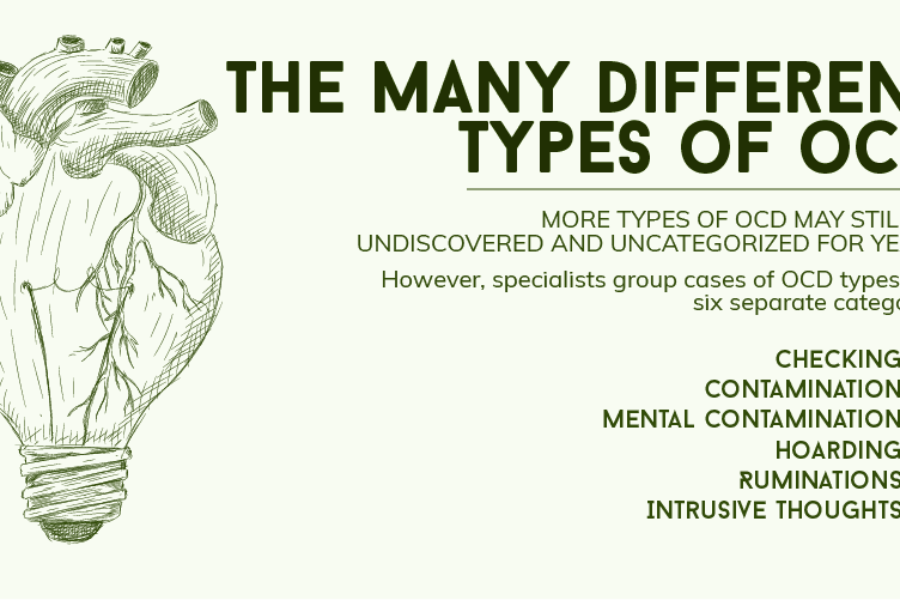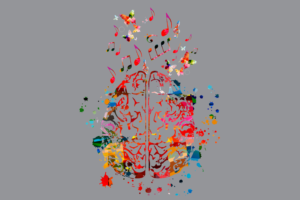When prospective clients reach out to me, they often start by inquiring to see if I know how to treat their specific OCD subtype: “Have you ever treated moral scrupulosity?”, “Do you have experience with ‘Pure O’?”, “What about intrusive thoughts?”
There’s a good reason for these questions. I get it. People want to make sure that I know what I’m doing. They’ve seen other therapists who profess to treat OCD, only to find that these well-intentioned clinicians were out of their depth. They don’t want to have to go through that again. They’re advocating for themselves and making sure that they are getting connected with a therapist who has been around the OCD block.
I don’t mean to rain on anyone’s parade. I think this is all great. I want my clients to be educated consumers, asking questions and vetting therapists so that they can find someone who is providing effective treatment. But I think they may be asking the wrong questions.
What’s Useful About OCD Subtypes?
OCD is an isolating illness. While there are estimated to be 2-3 million people in the United States with OCD, I’m always amazed by how often my clients tell me that they’ve never met another person with OCD or have never uttered their obsessions out loud to anyone else before.
Connecting with the OCD community is an incredibly important part of dismantling stigma and addressing the shame that frequently comes with OCD. Subtypes are a wonderful way to connect; to know that someone else out there gets it. It’s an amazing experience to find that, after a lifetime of feeling alone, you can google “relationship obsessions” and find journal articles, blog posts, message boards, infographics, and social media accounts all tailored to your experience.
These subtypes can also be useful to researchers and clinicians. As we attempt to refine and improve upon treatment options, it’s helpful to be able to track how different treatment approaches might vary in effectiveness across subtypes. Or to look at how subtypes might impact someone’s willingness to seek treatment at all.
What Are The Drawbacks?
The diagnostic criteria for OCD do not include any mention of subtypes. In fact, the only mention of obsessional content is purely to provide examples; it’s not used to establish a diagnosis or to describe the phenomenological nature of OCD. The DSM-V focuses on function. Obsessions are unwanted, repetitive thoughts that increase distress; compulsions are behaviors intended to prevent or reduce distress. In assessing for OCD and planning treatment, these functional components are the foundation.
OCD can masquerade as a million different things. It looks a little different, it feels a little different, but it’s still OCD. The functional core remains the same, no matter what variation it throws at you. If you get too stuck on treating content, you’re going to find that your work does not generalize. You spent all of this time doing exposure and response prevention (ERP), habituating to touching that garbage can or doorknob, but then your OCD made a slight pivot and now you’re back at square one, playing “wack-a-mole” with the ever-changing tide of OCD.
Instead, your goal will be to zoom out a bit. Forget the content, and pay attention to your relationship with thoughts and feelings. After all, this is what OCD is all about. If you cultivate a willingness to tolerate distress, that will translate anywhere. If you develop the ability to create space from your thoughts, it won’t matter which particular thoughts OCD throws at you. When you get stuck in content, you limit yourself to success in one specific niche; if, instead, you build skills to relate differently to your internal experiences, you’ll be able to generalize that anywhere.
The Takeaway
OCD subtypes are a useful tool to connect with others and experience community. They can help you to understand yourself and feel understood by others.
But let’s be sure to recognize the limitations of these categories. They’re a shorthand for conceptualizing OCD—but if you want to approach treatment effectively, you need to dig a little deeper and look at how you relate to your internal experience, regardless of the content. You don’t necessarily need a therapist who’s familiar with your content; you need one who fundamentally understands the nature of OCD and who can implement a treatment strategy accordingly.
Source: https://www.psychologytoday.com/us/blog/capturing-ocd/202112/how-much-do-ocd-subtypes-matter




